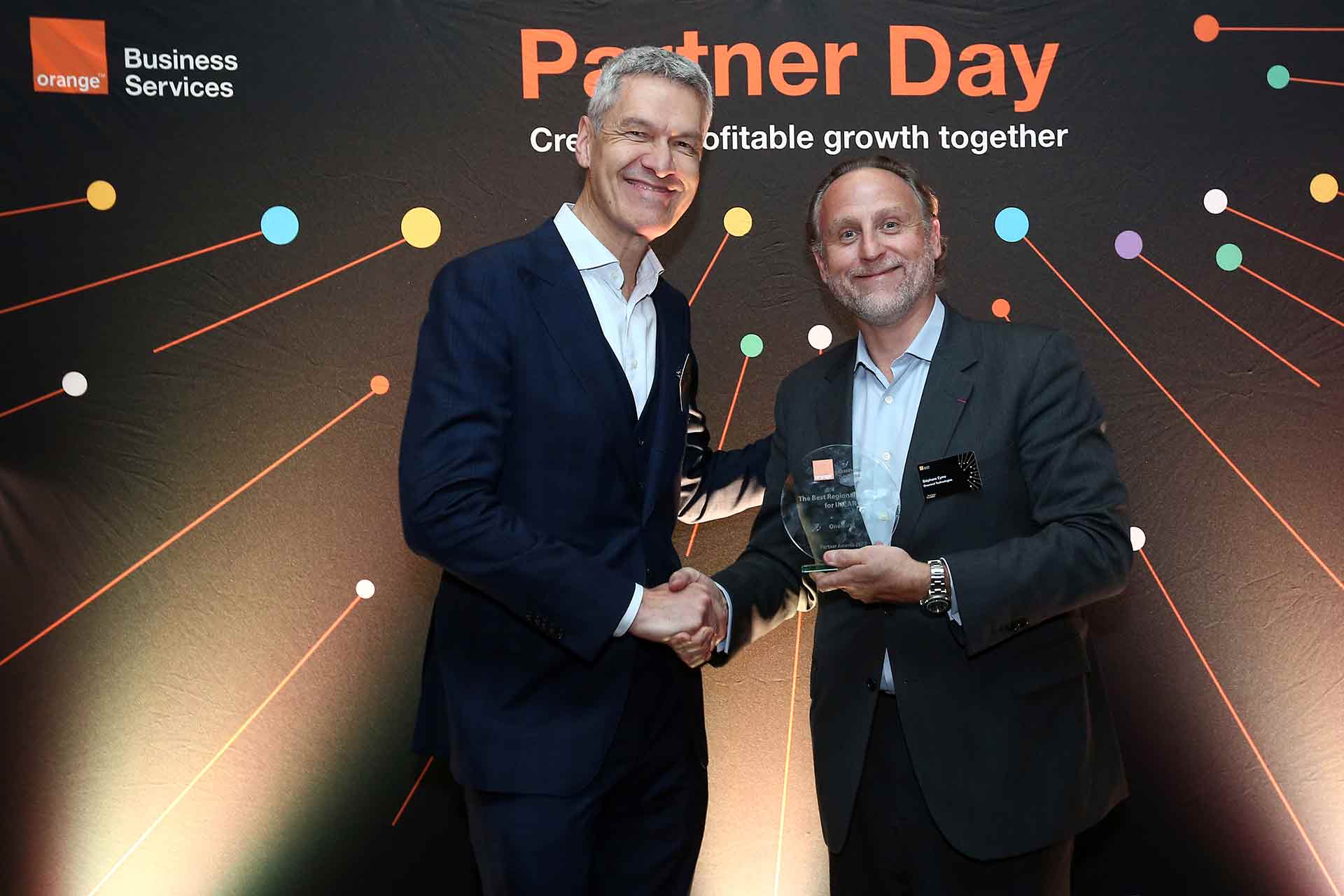The general public may not perceive parking fraud to be a huge problem. Yet city councils all over the world lose millions in revenue to it each year. The City of Westminster Council in London, UK, lost around €365,000 ($450,000) in potential revenue to parking fraud in 2015-2016, adding up to a total estimated annual loss of over 11 million euros (13.5 million dollars) for the City of London. Scale this up to every city in the UK, and then the world, and you have an eye-watering sum.
Many income losses
Fraud is not the only challenge for cities when it comes to parking. Inaccurate parking occupancy prediction is an other important one. In other words: cities failing to predict accurately where and when there is a high demand for parking also results in a loss of money, as city councils fail to redirect drivers towards empty, paid parking spaces.
Investing in parking management solutions is therefore not optional but essential for local councils’ budgets. This is especially the case in countries where austerity dominates. Recuperating this “lost” source of funding is imperative to ensuring city ecosystems can survive in the potentially turbulent future, with urban populations growing by a predicted 190,000 people daily from now until 2050. With public spending cuts deepening and lost public revenue contributing to this cycle, it is more and more difficult to effectively manage urban parking systems. And this all the more through the traditional, often costly, methods – such as employing more parking officers.
Integrated smart city technologies are now offering alternative methods for tackling parking fraud and inaccurate parking occupancy prediction. These technologies help city councils to identify fraudsters and ensure that they pay fines. Meanwhile, it is also aiding them in adjusting their city operations in tune with the real-time parking situation. The improvement of parking occupancy prediction is a solution to that.
On another hand, they also help citizens to avoid getting parking fines in the first place. In fact, it makes it easier for them to find and pay for legal parking spaces – especially at peak times.
Here are some examples of the smart technologies to use to improve urban parking management.
Parking management systems
Parking management systems allow city councils to monitor and manage parking availability, through data provided by both city-wide IoT sensors, installed (for instance) in parking spots or street lights, and by citizens, through their smart devices. Every parking space is “digitized” so that cities can manage KPIs in real-time through a connected software solution. Those key indicators are for example average turnover and lengths of stay . Cities can therefore charge more – and fine more – for spots in prime neighborhoods. They can also set aside enough legal spaces for delivery vehicles through the data and insights generated by this network of sensors. Those vehicles are often the major perpetrators of illegal parking.
If enriched with operational intelligence (OI) features, parking management systems are even able to alert city operators as to when drivers don’t pay or don’t have the necessary permit to occupy a particular space.
These systems can also connect the apps that parking wardens use into one network. This makes it easier for them to see where they should be focusing their enforcement activities. As such, an OI-enriched parking management system can pinpoint the main areas where parking fraud happens. So that councils can take action in a more targeted and therefore more economically efficient way. Increasing parking occupancy and parking fraud detection over time, through the system’s deep-learning algorithms, consequently increases city revenues.
Electronic badges

Electronic “badges” can solve the problem of disabled parking fraud and allow councils to charge drivers for fines electronically. New companies like “Biopark” use device-embedded software and fingerprint identification to stop forgery and abuse of disabled parking permits. These devices mounted on the vehicle’s dashboard as a permanent feature can replace the need for paper parking tickets. This also helps the city to cut paper usage. Once activated by the fingerprint of the designated user, these “badges” can be “verified” by traffic officers through an app on their smart device. It allows them to visually confirm that the person is authorized to use the space. This makes “blue badges” much easier to verify, allowing parking officers to immediately identify if someone is exploiting the system. Then, they can thus report it electronically to the local authority.
Electronic meters
Making parking ticket payment electronic is an easy, “first-step” to preventing illegal parking. In today’s digital age, people don’t always have change… So, allowing them to use cards or their phones for payment increases the likelihood of them paying. Case studies of citywide smart metering, such as with San Francisco’s SFpark system, have had encouraging results. The SFpark system works by using smart pricing so that drivers can quickly find open spaces, and by periodically adjusting meter and garage pricing to match demand. In this way, electric meters not only allow customers to pay digitally. They allow the likelihood of fraud but also play an important role in the wider city parking management strategy. By allowing demand-responsive pricing they can be implemented more easily in all areas of the city. As such, electronic meters are integral components of any overarching parking or city mobility management system.
Permit verification systems
Permit verification systems can quickly help to identify potential fraudsters without the need for officers to check all parked cars in the city. They can also pinpoint the zones where fraud happens the most. Software such as Pondera’s Fraud Detection as a Service (FDaaS), a Google-powered, cloud-based analytics solution, uses machine-learning and geospatial mapping in order to uncover new and emerging methods of fraud.
It sifts through massive local government data sets to identify:
- data anomalies,
- suspicious activities,
- potential collusion,
- and trends or changes over time.
These “trends” can then be validated by experts working on the ground. In fact, they can allow councils to dedicate resources to specific people or areas flagged as suspicious, rather than manually scouring the entire city for potential parking fraud.

Exploiting underused parking spaces
In most major cities, there are a whole host of private car parks that cannot be accessed by the public. Therefore they remain empty for long stretches of time. These can range from private office car parks and hotel car parks to shopping centers and private plots of land. Some of them sit vacant for years in areas with high parking demand. Taking advantage of these empty spots is a great way to give citizens access to a hidden wealth of car-parking spaces. It takes pressure off public resources and offers businesses and individuals new ways of making money.
Peer-to-peer apps such as JustPark and Parklet, allow locals to rent out their driveways to anyone who needs them. This ensure that this “spare” land is always in use and reduce high demand for spaces on surrounding streets.
Other apps, such as Parkbee, use smart technology to open up private car parks to the public. This makes parking easier and more affordable. Increasing the number of legal parking spaces in a city makes citizens less likely to use illegal spaces out of desperation. Aside from providing a cheaper way of parking (making people more willing to pay), some organizations, such as Parkbee, also leave customers no option. Cars are registered through the app and surveillance technologies recognize their number-plate whenever they use a Parkbee space. This means that the customer can only enter or leave the parking zone when the technology recognizes that he has paid… Making fraud impossible. This also increases parking occupancy detection if this technology is linked to the city’s overarching parking management, or city mobility management, platform.
City mobility management solutions
City mobility management solutions, which are similar to IoT platforms, go one step further than parking management systems. With an umbrella approach that targets parking, alongside other mobility areas such as traffic flow, critical infrastructure, and construction sites. These systems give cities and transport operators an overview of how the wider urban mobility system is functioning in real-time. This means they can see patterns in the data and create insights in order to implement actions that improve operating efficiency.
Furthermore, through the system’s deep-learning capabilities, cities can receive predictions (e.g. parking occupancy) that enable them to manage demand during peak times. Many modern mobility management systems allow for the integration of existing city operation systems, and mean that all aspects of urban mobility can be managed “under one roof”. Cities can therefore integrate all the different parking management technologies mentioned in this article into one overarching platform.
This solution not only allows the city to see where people are parking and when... But it also gives them the ability to :
- quickly detect overstaying vehicles,
- dispatch wardens,
- and obtain information on historical parking usage.
Like specific parking management systems, mobility management systems also allow for the implementation of flexible pricing strategies based on demand. This increases revenues while also decreasing operational costs, as fewer parking officers are needed to detect fraud.
Building a smart parking ecosystem
Overall, smart technologies are entirely changing the way cities deal with parking issues – from lack of spaces to parking fraud and beyond. They are providing innovative methods for councils and parking operators to recuperate money lost to parking fraud, at a much lower price than traditional methods, such as hiring thousands more parking officers.
For these technologies to be most effective, it is essential that cities take a multi-faceted approach. This means creating their own smart parking ecosystem that integrates all the different technologies used to manage parking and fight fraud into one overarching system. Finding an IoT solutions provider is a great way to facilitate this process. These organizations can analyze what kind of technologies a city needs, taking into account its individual needs and existing technological infrastructures. They also manage a network of partners, and support the city in building its ecosystem.
Smart parking solutions thus provide an alternative, cost-efficient approachto dealing with parking fraud in the digital age, but are most successful when combined into an overarching smart parking ecosystem. For local councils or parking operators, these ecosystems are a much-needed tool in the battle to win back income from fraudsters.









